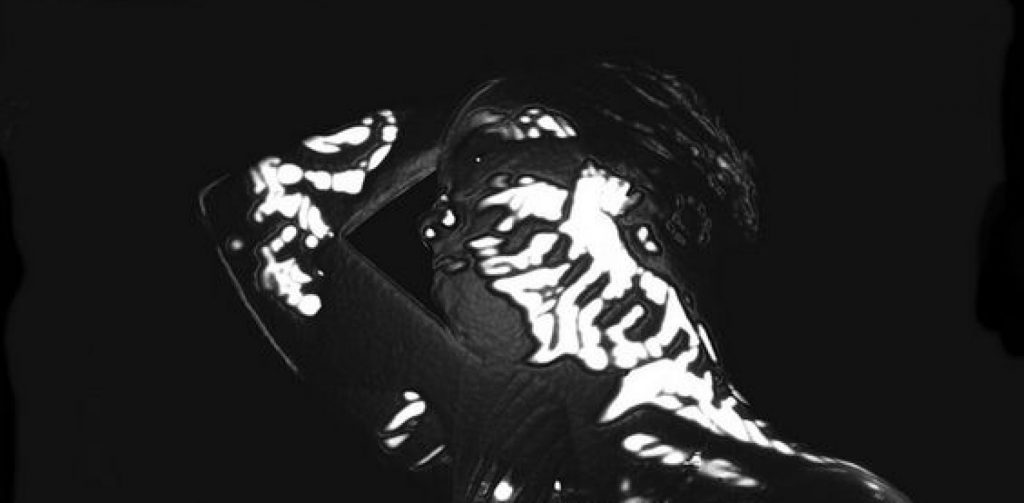I wanted to reflect a little bit on a recent lecture we had with one of our new tutors, Adam. The lecture led into a discussion which I enjoyed because it felt less like a lesson and in turn I felt more compelled to write about it here, as I got more out of it. The basis of the lecture was the transformation of sound, and how everything to do with sound is transformation. I liked how the lecture moved from the phenomenology of sound and experiences framed through the listeners’ perspective into discussing examples of transformation of sound, both good and bad.
This discussion really enlightened me to think more about what sounds I am using and what to do with them, as especially sounds that you are unfamiliar with can hold a huge importance or meaning in other cultures that are different from your own. I began to understand that I need to be fully aware of how I am representing a culture or a scene or a community with how I am transforming a sound, and have a sensitivity to the power I have in terms of representing these groups or places.



In regards to relevancy toward my project, I was particularly interested by a piece that Adam played us called ‘Imago’, by York based artist Trevor Wishart. The piece is purely derived from one singular recording of what sounds like a mug being hit with a knife or metallic object. With a run time of 25 minutes, Wishart runs the recording through a huge variety of technological processing, from delay to reverb, frequency modulation to ring modulation, resonance modulation to filtering. The progression over the entirety of the piece is astounding, and how he manages to manipulate the initial recording in so many different ways is extremely inventive in my opinion. I think this is a perfect example of the possibilities of what technology can do to transform a sound, and seeing as this was made from 1992-94 there are infinitely more ways of doing it now.
I really admired the focus and simplicity of the piece, because it hooked me in to identifying the original sound before taking me on a journey where I ended up feeling a connection to the sound, as if I had travelled along this treacherous journey alongside it. With my essay topic pointing towards an entanglement of human and technology, I think this piece by Wishart is an amazing reference point. I could record a drum break and pick two or 3 sounds, just enough to make a pattern i.e. a kick, snare and hi hat, and then manipulate them extensively over time and just let the technology lead me down whatever path it chooses. It seems like a fun way of creating an outcome for the sound piece element.
